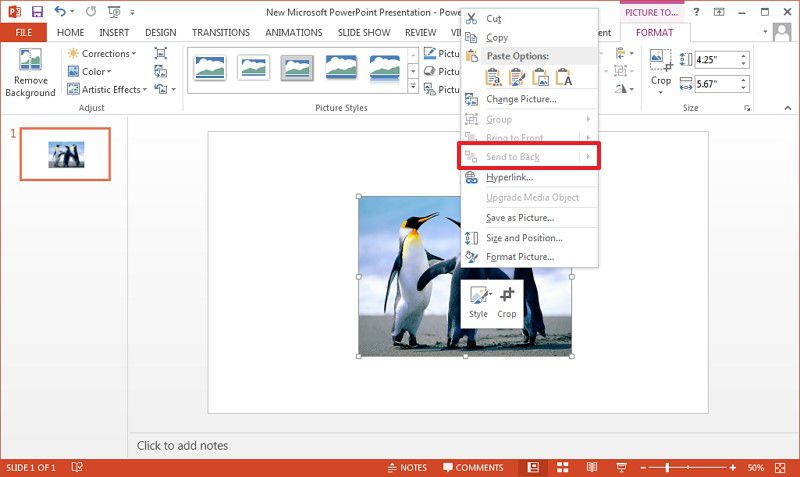Let's change the text wrapping. The text wrapping properties are set against the image, so select the image and in the Picture Tools contextual tab, click the Format tab Arrange The options for text wrapping are: In line with text - the default setting. The image is part of the line of text on which it is inserted. In your example, the text in the very last paragraph does not contain any spaces, which is the explanation why text wrapping behaves differently for that paragraph. When there are no spaces present, Word treats the whole paragraph as a single word, and text wrapping will leave the 'word' intact.
- Wrap Text Microsoft Word Table
- Wrap Text In Microsoft Word 2010
- Text Wrap Microsoft Word 2007
- Wrap Text In Microsoft Word Table
- Text Wrap Microsoft Word Definition
- How To Wrap Text On Microsoft Word
When you export a chart to Microsoft Word, Word may make some columns wider than they were specified in BizInt Smart Charts. This is usually due to a very long word in the cell, as shown in the example below.
You can force Word to insert line breaks within a word, and thus respect the specified column widths.
- In Word, select the column of text that is causing a problem.
- Bring up the Paragraph properties panel (Page Layout tab, Paragraphs ribbon section, press the 'expand' button).
- On the Asian Typography tab, check the 'Allow Latin text to wrap in the middle of a word' property, and press OK on the panel.
This will allow Word to break the long word as needed to preserve the column width, as shown below.
If you don't have the Asian Typography tab on your Paragraph properties panel, follow the steps below to enable this feature.
Enable the Asian Typography Tab
The Asian Typography tab is only available if you enable support for one or more Asian languages in Microsoft Office. This is easy to do.
In the instructions below, the text '[version]' refers to the version of Office that you have installed. For example, if you have Office 2013 Professional, replace [version] with 2013.
Wrap Text Microsoft Word Table
- Launch the Microsoft Office Language Preferences tool. This is found on the Start Menu, Programs, Microsoft Office, Microsoft Office [version] Tools, Microsoft Office [version] Language Preferences.
- Under the Choose Editing Langauges heading, you need to have at least one Asian language. To add a language, click the 'Add additional editing languages' drop down, pick a language (such as Japanese) and press Add.
- You will need to restart Word for this change to take effect. That means closing all documents and open Word windows before opening the document you want to edit.
From corporate logos in press releases to scientific diagrams in research papers, there are many reasons to include images in a Microsoft Word document. But how images fit with surrounding text is important when formatting a document, so you need to understand text wrapping.
What Is Text Wrapping in Microsoft Word?
Text wrapping refers to how images are positioned in relation to text in a document, allowing you to control how pictures and charts are presented. Your options for this in Microsoft Word are:
In Line with Text

This option places an image on the same line as surrounding text. The image will thus move as text is added or removed, whereas the other options here mean the image stays in one position while text shifts and ‘wraps’ around it.
Square
This wraps text around an image on all sides at right angles, as if it had a rectangular box around it. This is the most common form of text wrapping.
Top and Bottom
Text wraps above and below the image so it is on its own line. This is most useful for larger images that occupy most of the width of a page.
Tight

This is similar to Square but without the rectangular box, so text wraps around the edges of the image itself. Useful for irregularly shaped images.
Through

Similar to Tight, but text will also fill any white gaps within the image.
Find this useful?
Subscribe to our newsletter and get writing tips from our editors straight to your inbox.Behind
Places an image behind the text, allowing you to add a watermark or background image on a page (although MS Word has a separate watermark option, too, which is easier to use in many cases).

Wrap Text In Microsoft Word 2010
In Front of Text
Places the picture in front of the text. This can be used to place a circle around some text or to add an arrow to highlight part of a passage.
The best choice will depend on your needs, but Square and Tight work in most cases. As such, these should be your default options.
How to Control Text Wrapping

After adding an image to a document, you can adjust the text wrapping to make sure it fits with the surrounding text. To do this:
Text Wrap Microsoft Word 2007
- Click the image you want to format
- Click Layout Options or go to Format > Arrange on the ribbon
- Open the Wrap Text menu and select the setting required
If you want to use the Tight or Through options effectively, you may also need to adjust the wrapping points for the image. To do this:
Wrap Text In Microsoft Word Table
- Select the image you want to adjust
- Go to Format > Arrange
- Open the Wrap Text menu and click Edit Wrap Points
- Drag the red lines to adjust the wrap points as required
Text Wrap Microsoft Word Definition
The instructions above are for Microsoft Word on Windows computers, but the process is similar in Word for Mac.